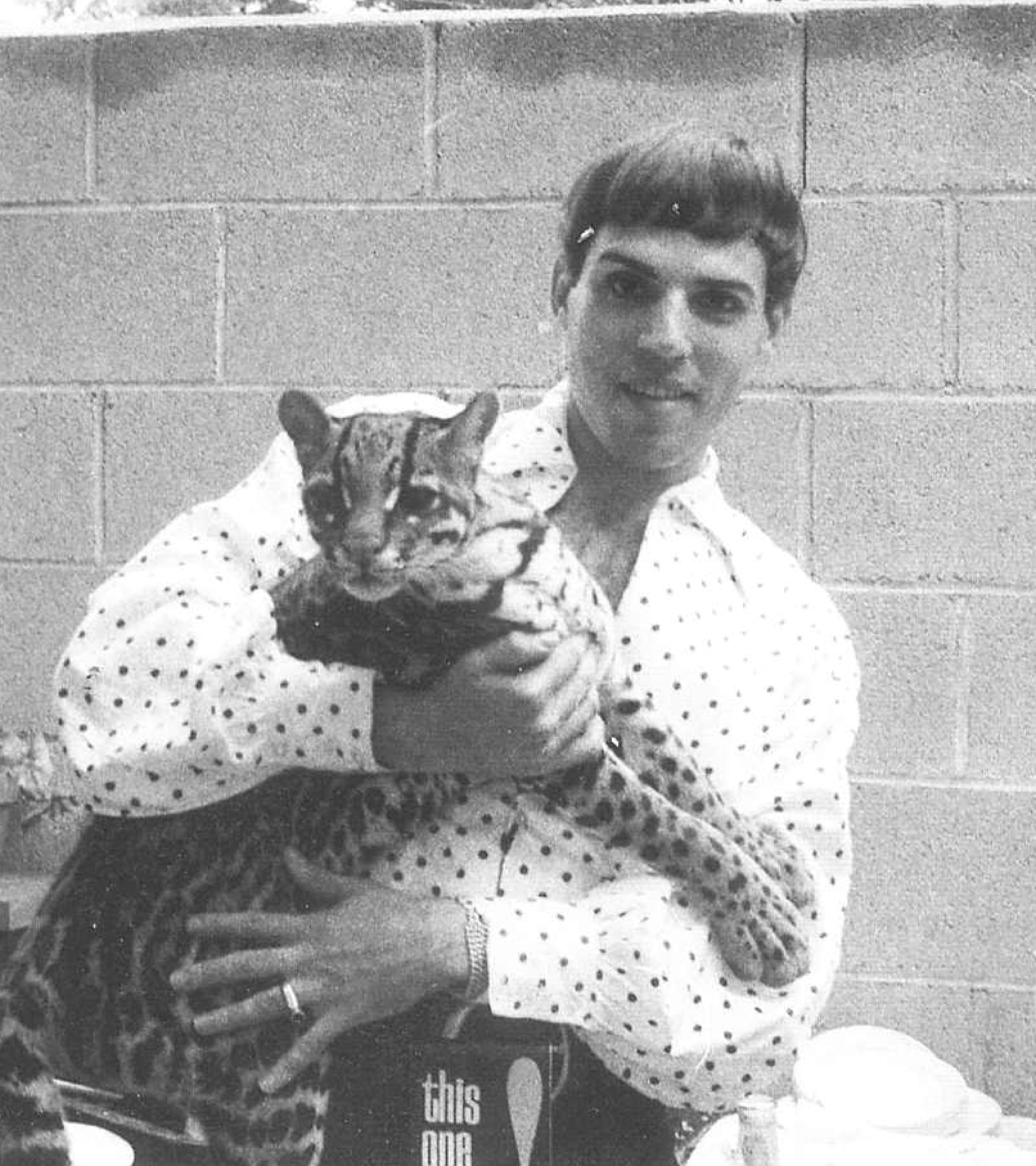IN HIS DIARIES Christopher Isherwood wrote about going to Philadelphia’s Camac Street Baths when he worked on Philadelphia’s Main Line as a conscientious objector. The time was WW II and Isherwood, riding the train from Haverford into the city, noted that “The men were tall, bony, big shouldered, fair haired and quite nice looking, but somehow fatally ‘pithed,’ as though the marrow had been drained from their bones.” The women, Isherwood wrote, “were bright and energetic. They used no makeup, and their white skin was dotted with freckles. They had sandy gold hair, dragged back and twisted into a knot. The country we were passing couldn’t possibly have been less ‘my sort’: it was tame, suburban, pretty, a landscape with secrets.”
The baths were a relief for Isherwood, a place where he was able to meet sailors and servicemen. Since the baths were on Camac Street, there were plenty of bars and taverns in the vicinity, too. Until the 1980’s, the nucleus of Philadelphia’s queer community was west of Broad Street around the area of 15th and Spruce, where bars like the Mistique—a racially diverse, bohemian drag and jazz bar—and, later, the Allegro were major focal points of the city’s night life.
The story of Camac Street’s metamorphosis from quaint thoroughfare to hooligan alleyway—where police had to send in “troops” to quell riots and drunken brawls—and finally to a Greenwich Village-style street with literary, sketch, and yachtsman clubs, began in 1804 when it was named after Turner Camac. Camac, a wealthy Irish landowner, knew the street as a picturesque little avenue with numerous Early American homes and tiny gardens. On the street was the Venture Inn (now a gay bar and restaurant), built around 1670, which began as a tavern but was later used as a stable for the carriages of wealthy Philadelphians. During the Civil War the Venture Inn was also part of the Underground Railway.
In 1937, the Federal Writers’ Project of the Works Progress Administration published a report on Philadelphia for its American Guide Series. The report included a section on Camac Street. “The street kept its respectability until about 1880. Then came a period of decline, and it degenerated into one of the meanest and most disreputable streets in the city. Until 1900 it was the scene of brawls by day and crimes by night, requiring at times an entire squad of the city’s police to maintain order. For twenty years the street, lined with brothels and taverns, rotted in a mire of debauchery. Unkempt derelicts of every sort frequented its dark corners and hideaways,” the report stated.

Thom Nickels, a Philadelphia-based writer, journalist, and poet, is the author of two recent books, Gay and Lesbian Philadelphia and Tropic of Libra, a novel.







